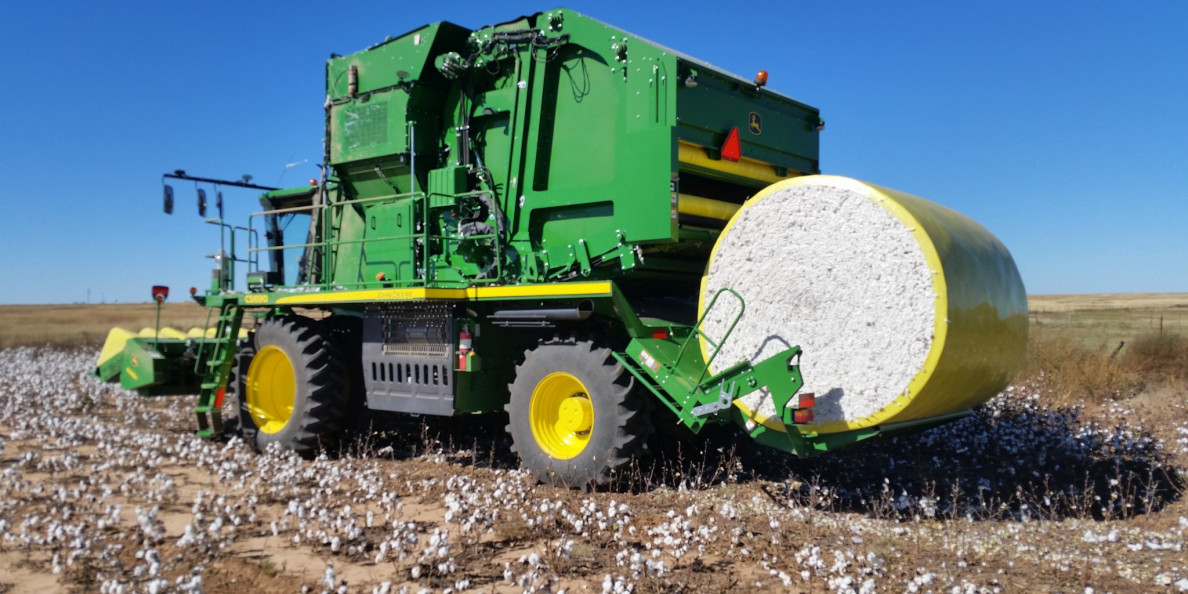Nicosia sees a wave of demand coming for cotton in 2018-2019. World consumption growth continues to grow and Nicosia is forecasting and increase in worldwide cotton acreage to meet the increased demand.
If global consumption increases continue at a 4-percent growth rate in 2018-2019, that means the world will need almost 5 million more bales to meet demand, according to Nicosia.
“At current prices, world cotton area is likely to increase slightly in 2018-2019. That’s OK. We’re not afraid of a fight. They want to grow more, we’re going to grow more,” he said. “With a production outlook of 20 million plus bales, the U.S. has the opportunity to maintain or even expand its share of world trade, but execution is going to be critical."
Global cotton consumption has rebounded to 120.8 million bales for 2017-2018, but this is still below the peak of 124.2 million bales in 2006-2007. Global consumption plummeted to 104.2 million bales in 2011-2012.
World cotton production is expected to increase to 121 million bales in 2017-2018, compared to 106.6 million bales in 2016-2017 and 96.2 million bales in 2015-2016, according to USDA.
Currently, Nicosia projects a slight global cotton deficit in 2018-2019. He said the world has moved from a 16.1 million bale production deficit in 2015-2016 to production-consumption balance in 2017-2018.
USDA projects 2017/2018 world ending stocks to be 87.8 million bales. Nicosia said this is still high and could impact prices.
In his comments to the farmers and ginners, Nicosia expressed concern about cotton being held in U.S. warehouses that is not being shipped to customers quickly enough. “We’re selling a lot of bales, but we’re not shipping a lot of bales,” he said. “We have strong export sales, but when we have to actually ship, we’re lagging behind.”
Nicosia said shipping delays by the warehouses is harming all sectors of the industry. It impacts all sectors of the cotton industry, he said.
“Warehouses serve as the storage and distribution centers and are responsible for making the product available to the customer. Their level of performance is critical to the overall success of the industry. Sub-optimal performance of any one of the segments negatively affects the bottom line of all segments to some extent,” he said.
Internal data of Louis Dreyfus shows that of the warehouses holding U.S. cotton bales to be shipped, 61 percent in the Southesat, 70 percent in the Delta and 60 percent in the Southwest are currently providing load-out dates that are 30 or more days from now, according to Nicosia.
Nicosia said the shipping delay issue came before the National Cotton Council and a resolution was approved to offer incentives for the warehouses to ship cotton more quickly. Nicosia said shippers will be given subsidies if the meet or exceed minimum standards in shipping cotton to customers.


 “Compared to previous seasons, 2018-2019 prices look better for cotton than other crops,” he said “We expect acreage to remain high.”
“Compared to previous seasons, 2018-2019 prices look better for cotton than other crops,” he said “We expect acreage to remain high.”